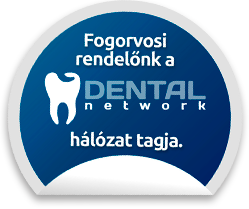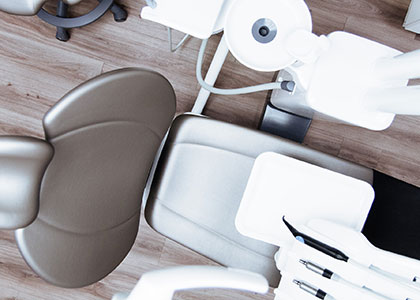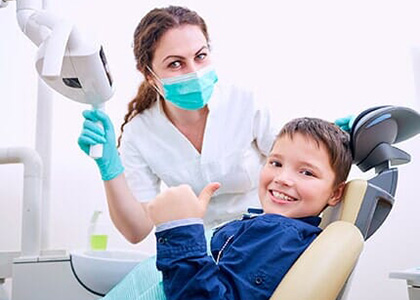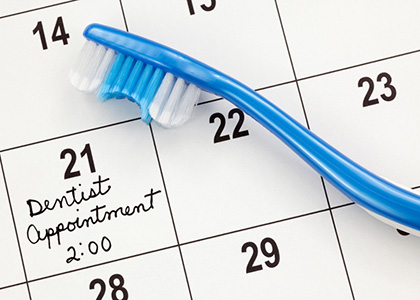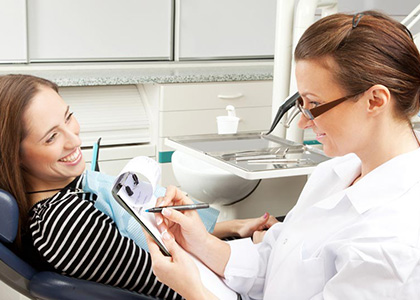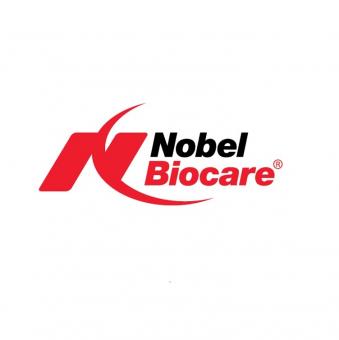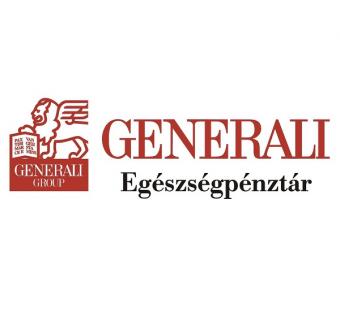Tartar Removal: Essential Dental Care for a Healthy Smile
Tartar is a hard deposit that usually appears in yellow or brown on the teeth and gums. This calcified plaque cannot be removed by regular home hygiene practices such as brushing. It forms when bacteria and food remnants in the mouth mix with minerals in saliva.
Factors contributing to tartar formation include:
Poor oral hygiene
Consumption of sugary and starchy foods, coffee, and tea
Smoking
Genetic factors
Gum injuries
Inadequate dental treatments
Over time, tartar can lead to various dental issues, including tooth decay, gingivitis, and bad breath. Therefore, regular dental check-ups and proper oral hygiene practices are critical to prevent tartar buildup.
Tartar Removal Process Also known as scaling, tartar removal is a crucial part of dental treatments aimed at eliminating tartar accumulated on the teeth and gums. If not removed timely, tartar can lead to tooth decay, gingivitis, and bad breath.
The procedure typically involves an ultrasonic tartar removal tool which dislodges larger particles, followed by air-polishing (airbrush technique).
After ultrasonic removal, a dental hygienist cleans the tooth surface using a fine-bristled brush and specialized polishing paste. For hard-to-reach areas, an air-polishing tool blasts tiny abrasive particles onto the tooth surface, removing small deposits. This method is generally gentle, pain-free, and does not require local anesthesia.
Understanding that tartar removal is not just about aesthetics but also about preventing dental problems is important. Accumulated tartar contributes to tooth decay and gum inflammation, making regular scaling necessary to maintain oral health.
Post-Tartar Removal Care After tartar removal, it is vital for patients to take proper care of their teeth and gums and pay attention to their diet. Patients are usually advised to avoid eating or drinking for several hours post-procedure to allow the gums to heal and prevent potential infections or irritations.
Once the removal is complete, eating generally does not pose a problem. Dietary restrictions previously necessary due to the presence of tartar no longer apply. For example, harder, chunky foods like nuts or raw vegetables no longer cause discomfort or issues for the teeth and gums.
It's crucial to note that teeth may remain sensitive for 4-6 weeks after tartar removal.
When Can You Eat After Tartar Removal? It is advised to wait a few hours after tartar removal before eating to allow the gums to heal peacefully and avoid potential irritations and infections. The diet post-tartar removal should be gentle, considering both teeth and gums. After the procedure, ensuring proper oral hygiene and diet is crucial to maintaining the health of teeth and gums.
If you experience any discomfort or issues after the procedure, consult your dentist for appropriate advice and care.
Tartar Removal Procedure The tartar removal process is vital for maintaining dental hygiene and the health of your teeth. The procedure involves removing mineralized deposits that accumulate on the tooth surfaces and below the gum line, originating from unremoved plaque.
Steps involved in the tartar removal procedure:
Initial examination and assessment: The dentist or dental hygienist first examines the teeth and gums to determine the extent of tartar and identify any other dental issues, such as cavities or gingivitis.
Ultrasonic tartar removal: The most common method for tartar removal uses ultrasonic technology. The vibrations from the ultrasonic tool help loosen and remove tartar while water cools the gums and teeth. This method is effective, gentle, and typically painless.
Manual scaling: If necessary, the dentist or hygienist may also use manual scalers to meticulously remove tartar, especially from hard-to-reach areas.
Tooth polishing: Part of the tartar removal is air-brush polishing, which removes surface stains and smooths the tooth surface.
Follow-up care and advice: After the procedure, the dentist or hygienist may offer advice on proper oral hygiene practices, including brushing, flossing, and using mouthwash. Regular dental check-ups and proper home oral care are essential.
Traditional Tartar Removal Traditional tartar removal, often used in dental offices when ultrasonic scaling is inappropriate or unavailable, involves manual scraping tools. Although this method can be slightly more time-consuming and uncomfortable for some patients, it effectively removes tartar, contributing to oral hygiene and the health of the teeth. Note that some sensitivity or slight bleeding in the gums may occur but typically resolves quickly. If any issues arise post-procedure, it's crucial to consult with your dentist immediately.
Eating After Tartar Removal Post-tartar removal, it's generally advised to wait a short period before eating, especially if the gums are still sensitive or slightly swollen. Avoiding foods that can stain or temperatures that could irritate sensitive teeth is also wise. Once sensitivity and swelling decrease, you can gradually return to a normal diet, keeping mindful of maintaining oral hygiene to prevent new tartar buildup.
Choosing the Right Oral Hygiene Products Selecting the right oral hygiene products is crucial:
Toothpaste: Choose based on individual needs and dentist recommendations, typically containing fluoride to prevent decay and strengthen enamel.
Toothbrush: Opt for one with soft bristles to gently clean teeth and gums without causing damage.
Dental floss: Use soft, thin floss for easy access between teeth, thoroughly cleaning them.
Mouthwash: Choose a mouthwash containing fluoride and antimicrobial agents like chlorhexidine to help prevent decay and gingivitis.
Regular dental check-ups and a proper oral hygiene routine are essential for maintaining optimal oral health and preventing issues before they arise.
